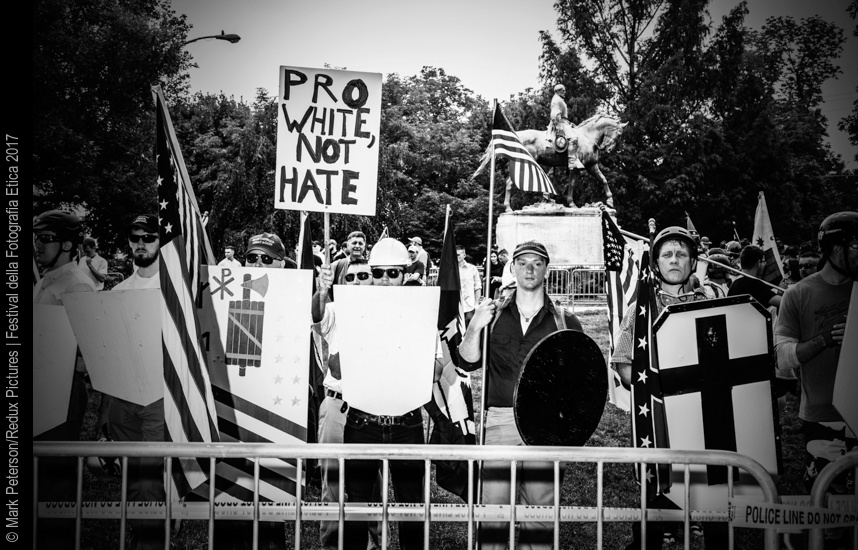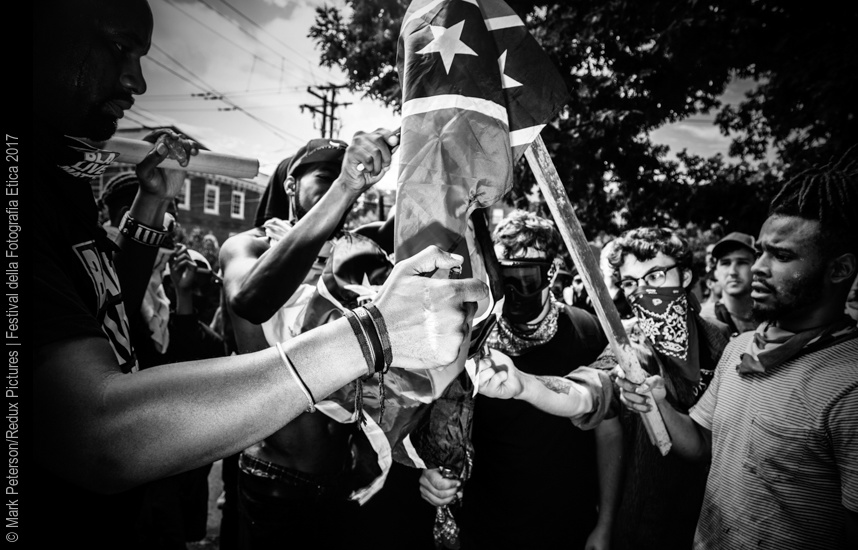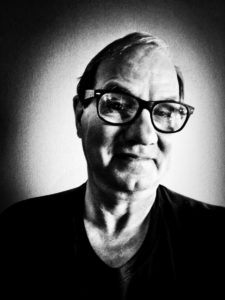“I imagine one of the reasons people cling to their hates so stubbornly is because they sense, once hate is gone, they will be forced to deal with pain.”
The Fire Next Time by James Baldwin. American writer and social critic. In his novels, plays and essays alike he explored the psychological implications of racism for both the oppressed and the oppressor.
On August 12, 2017 I arrived at Emancipation Park in Charlottesville around 9am. Within the next hour hundreds of protesters descended upon the park for a “Unite the Right” rally: a belated coming-out party for an emboldened white nationalist movement in the United States. The rally was dispersed by police minutes after its scheduled start at noon, after clashes between rally goers and counter protesters.
But later that day, as rally goers began a march and a counter protest continued, a reported Nazi sympathizer drove a car into a crowd of counter protesters, killing one person and injuring 19.
Self-described “pro-white” activist Jason Kessler organized the rally to protest the planned removal of a statue of Confederate General Robert E. Lee. Kessler is affiliated with the alt-right movement that uses internet trolling tactics to argue against diversity and “identity politics” — part of a broader cultural backlash that helped elect Donald Trump. But the rally quickly attracted other more traditional groups of white nationalists, neo-Nazis, and the Ku Klux Klan.
During those 12 hours I photographed around the rally and the City of Charlottesville hearing shouts of love and hate. So how did we get to the point in this country that a statue would lead someone to drive their car into a crowd killing one person and injuring dozens more?
Charlottesville is a city in Virginia, home to the University of Virginia, with its core campus designed by Thomas Jefferson, one of the Founding Fathers of America. On the outskirts, Jefferson’s mountain-top plantation, Monticello, includes a mansion and rebuilt slave quarters.
The Robert Edward Lee sculpture, is an outdoor bronze equestrian statue of Robert E. Lee and his horse Traveller. Commissioned in 1917 and forged in 1924. This was the period of the Jim Crow laws. “Jim Crow” was a pejorative expression meaning “Negro“.
These laws were state and local laws that enforced racial segregation in the Southern United States. Enacted by white Democratic-dominated state legislatures in the late 19th century, these laws continued to be enforced until 1965. They mandated de jure racial segregation in all public facilities in the states of the former Confederate States of America, starting in 1896. Public education had essentially been segregated since its establishment in most of the South after the Civil War. This principle was extended to public facilities and transportation, including segregated cars on interstate trains and, later, buses. Facilities for African Americans were consistently inferior and underfunded compared to those which were then available to European Americans; sometimes they did not exist at all. This body of law institutionalized a number of economic, educational, and social disadvantages. De jure segregation existed mainly in the Southern states, while Northern segregation was generally de facto—patterns of housing segregation enforced by private covenants, bank lending practices, and job discrimination.
Many people feel that statues like this and the Confederate flag, was a way to encourage and continue racial segregation in the South.
When the city of Charlottesville moved to rename Lee Park as Emancipation Park and remove the Gen. Robert E. Lee statue, white nationalists began to hold rallies around the statue.
So what did Gen Robert E. Lee think of erecting monuments to himself and the Civil War? He was against it. While he was alive, Lee stressed his belief that the country should move past the war. “I think it wiser… not to keep open the sores of war but to follow the examples of those nations who endeavored to obliterate the marks of civil strife, to commit to oblivion the feelings engendered.”
In America we are now looking to the past, fighting over the legacy and prejudices of the Civil War instead of moving forward and embracing a society that US Constitution proposed:
“We the People of the United States, in Order to form a more perfect Union, establish Justice, insure domestic Tranquility, provide for the common defense, promote the general Welfare, and secure the Blessings of Liberty to ourselves and our Posterity, do ordain and establish this Constitution for the United States of America.” (Preamble to the Constitution of the United States of America)



